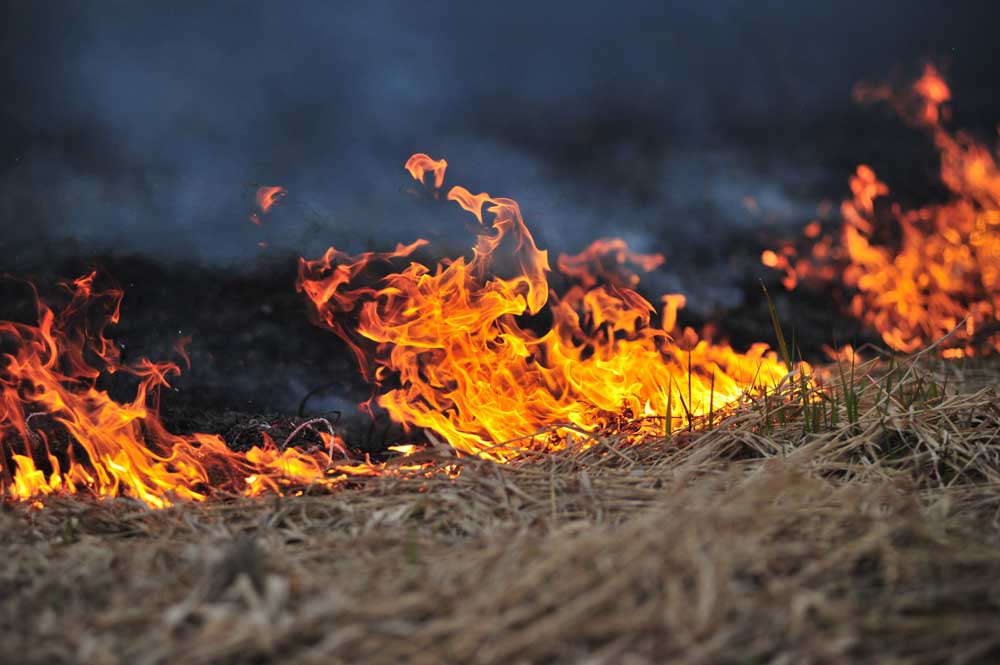For these tribal members, buffalo are personal
Published 12:00 am Thursday, November 8, 2018

- Bryan Vigil, an elder in the Jicarilla Apache Tribe, was told by his grandmother that he must restore bison to his tribe.(Brett French/Billings Gazette photo)
DENVER — Growing up a Jicarilla Apache, Bryan Vigil was told — quite forcefully — by his grandmother that he must return the buffalo to their people.
“I want you to bring that balance back,” he recalled her yelling while pointing a finger at him about 17 years ago. “She wanted things done.”
“Why?” he questioned, and she answered that it was important to have a buffalo robe in every tribal member’s home. He took it to heart because an elder doesn’t tell “you anything you don’t take seriously.”
“We use the buffalo hide in a lot of ceremonies,” explained Vigil, 67, of Dulce, New Mexico, who is president of his tribe’s elders committee. “Grandma said it keeps the family together” enabling them to see it, touch it and feel the dense, rough hair. The hide helps that family think about life, he added.
Like many of the speakers said recently at the first conference in Denver on bringing buffalo back to tribal lands and cultures, buffalo are more than a symbol, a source of meat or an ecological resource that restores balance to prairie ecosystems. For them, buffalo are personal.
Historian Todd Leahy, of the New Mexico Wildlife Federation, said many of the buffalo-based tribes tell stories of the animals going away, often because of some human hubris. But the story always ends with the buffalo coming back. That’s the way he sees the current discussion of returning buffalo to tribal nations.
“People are holding on to this old view of what the American West was supposed to be,” he said.
It’s time for a change, and some tribal members like Vigil see the buffalo — as they did in legends of the past — helping enact that change.
“They say the buffalo can bring us together,” Vigil said. “I asked, ‘Why?’ Buffalo are a pretty powerful animal.”
Living in Poplar, on the Fort Peck Reservation, Ramey Growing Thunder gathered with many of her Assiniboine and Sioux tribal members years ago to celebrate the buffalo’s return to her reservation in 2000. She described one of the big bulls stepping out of the horse trailer and into a corral, saying it stomped the ground as if to say: “We’re here now. We’re coming, the buffalo nation.”
As a teacher for 19 years, most recently leading the tribe’s Language and Culture Department, she has made it a priority to share lessons about buffalo with school children in her hometown. The goal is to immerse the Nakoda and Dakota students in their culture through language, story, dancing and song. The younger children enjoy the tactile portions of the program, scraping the hide and blowing up the buffalo’s bladder, she said.
“I really have that strong spiritual aspect,” she said. “I’m a firm believer that the youth are our teachers.”
Growing Thunder also said that the older tribal people who have spoken about the animal during tribal gatherings and lessons had no formal education in biology or ecology when talking about buffalo.
“It was in their genetics,” she said. “It was there in their memory.”
With the addition of more bison — 61 coming from the much-valued Yellowstone National Park herd in 2012 — the Fort Peck herd has grown to about 700. As the herd has grown the tribes’ prosperity and health are returning, Growing Thunder said.
As a former Marine, Vigil has a somewhat different way of educating his tribal members. He takes an almost military discipline to sharing his knowledge about Jicarilla customs, traditions, values, crafts, plants and life ways.
“The ones who listen think there’s a future,” Vigil said, referring to the younger members of his tribe, for whom “Live for today and hope for tomorrow” is a common saying.
He sees buffalo as a part of that hope for tomorrow, as a way for his people to get their “dignity back as indigenous people.” But it hasn’t and won’t be easy, even among his own tribal members.
“Nobody wants to talk to us, because they don’t want to hear the truth,” he said. “I pray for my enemy.”








